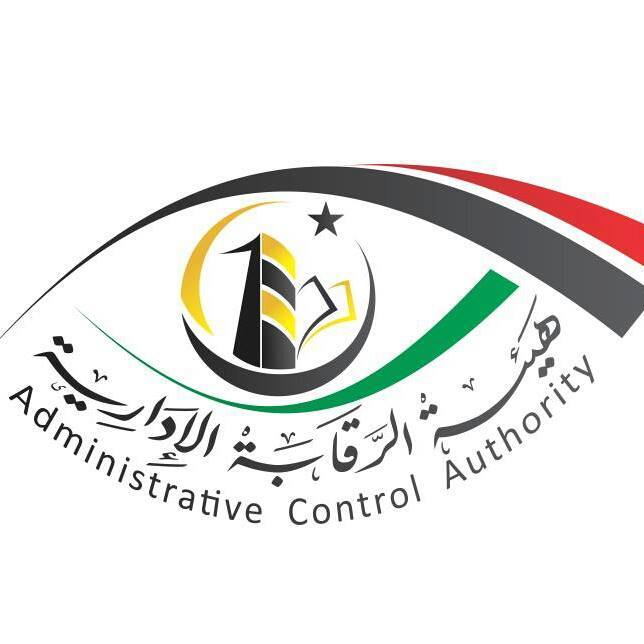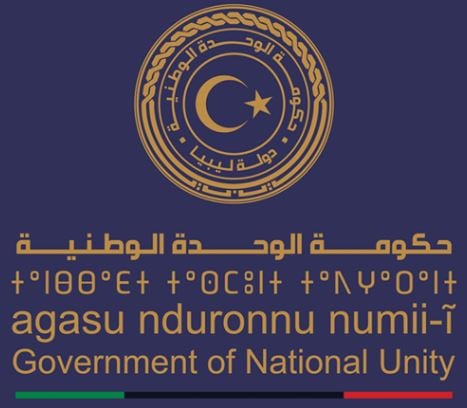By Sami Zaptia.

London, 8 February 2021:
The 2021 Libya Humanitarian Response Plan by various international agencies coordinated by UN Libya Office for the Coordination of Humanitarian Affairs (OCHA) aims to reach approximately 451,000 people, 36 per cent of the 1.3 million people identified to be in need of humanitarian assistance.
The plan said these are people with the most severe needs as a result of a partial or total collapse of living standards and basic services, increased reliance on negative coping strategies, and widespread physical and mental harm.
Five target groups
The response will target five groups identified as particularly vulnerable— 1-internally displaced persons, 2-non-displaced Libyans, 3-returnees, and 4-migrants and 5-refugees— across all 22 sub-regions in the country.
Prioritizing critical services
Based on assessed needs, the response prioritizes provision of or access to critical services, such as education, health, protection, and hygiene and sanitation, as well as providing access to basic household goods and commodities including food and essential non-food items.
Response underpinned by two strategic objectives
The response will be underpinned by two strategic objectives that aim to prevent disease, reduce risks to physical and mental wellbeing, and strengthen the protection of civilians in accordance with international legal frameworks, as well as facilitate safe, equitable and dignified access to critical services and livelihoods to enhance people’s resilience and ensure they meet their basic needs.
Protection at the core of the response
Protection remains at the core of the response and in addition to specific protection activities and services, protection will be mainstreamed across all interventions, ensuring a response that seeks to reduce protection risks while addressing needs.
Capacity-building, evidence-based planning and coordination
Capacity-building is a commonly agreed priority for all sectors and will be a key component of partners’ activities. Similarly, a focus on improved evidence-based planning and response through better data collection and analysis will continue. Coordination at all levels will also be strengthened, in addition to the continuation of other support services, such as logistics. A continued focus on a more people-centred and accountable response will be pursued through reinforcing and strengthening in the inter-agency Common Feedback Mechanism (CFM).
Response modalities
Response modalities will include in-kind assistance and service support, as well as conditional and unconditional cash assistance. Multi-sector response approaches, such as the Rapid Response Mechanism (RRM), will strengthen intersectoral complementarity and maintain the flexibility and speed required in Libya’s volatile operating environment. Response approaches are also built around key thematic areas of intervention or geographical locations of people in need, such as health and education facilities, area of displacement and detention centres.





